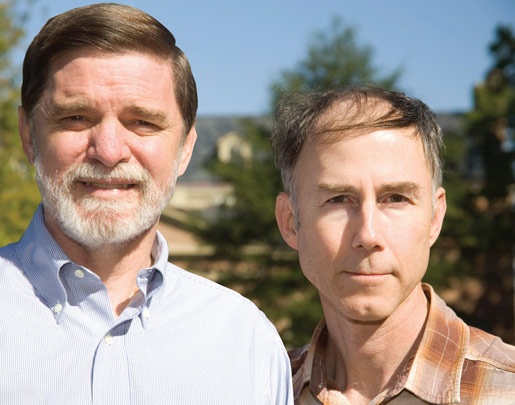Economists’ book explains what has been driving the increasing cost of higher education
For the majority of Americans, higher education is more affordable today than it was a decade ago, according to Robert Archibald and David Feldman, professors of economics at William & Mary.
Their assertion is based on the long-term economic analysis of similar service-based industries, the professors explain. The argument is central to their book, Why Does College Cost So Much? The book considers higher-education costs in light of “the entire industrial structure of the country and economic history of the past 100 years.”
“We wrote the book partly because we thought we had something to say and partly because we felt that others who were writing on this topic did not have the right things to
say,” Archibald said.
Archibald and Feldman assert that a fundamental driver of the cost of higher education result from the reliance on a highly-educated workforce. Although some “artisan” industries have been able to replace such workers by utilizing appropriate technologies, universities are limited in their abilities to do so, as are other “personal-services industries,” they said.
“For much of the 20th century, the supply of highly-educated workers was soaring,” said Feldman. “Since the late 1970s and early 1980s, the supply of highly-educated workers as a percentage of the labor force has begun to flatten off. The result is an increase in wages for highly-educated people.”
Archibald and Feldman started working together more than 10 years ago writing articles concerning higher-education finance. As they collaborated, they watched the change in the relationship between their own public university, the College of William & Mary, and its historic benefactor, the Commonwealth of Virginia.
“Essentially we saw state support decline in an interesting roller-coaster fashion,” Feldman said. Investigation revealed that the same broad economic factors that led to loss of state income for public universities similarly affected income streams of private institutions. Their effort to understand the factors contributing to rises in tuition for both types of institutions ultimately led to publication of their book.![]()















